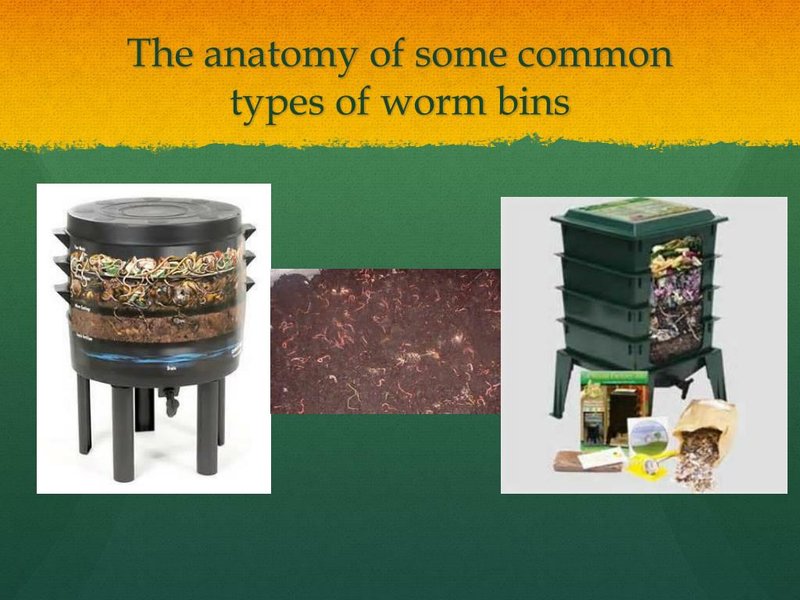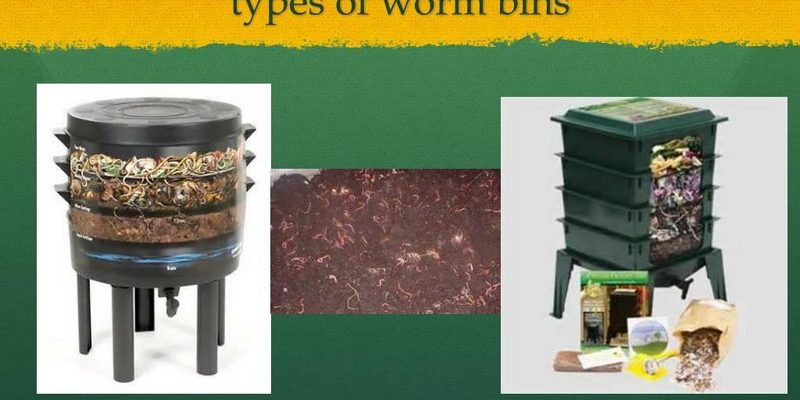
Worm bin worms are primarily made up of species like the *red wiggler* (*Eisenia fetida*), which are often found in compost bins. If you’re keen on creating a worm bin for your kitchen scraps, these worms are like the trusted friends you want by your side. They’re hardy, efficient, and can munch through almost any type of organic waste you throw their way—turning it into black gold for your garden. So, grab a cup of coffee, and let’s explore the world of worm bin worms together!
What Are Worm Bin Worms?
Worm bin worms, or composting worms, are specially chosen for their ability to break down organic matter. Unlike earthworms, which prefer to live in soil, worm bin worms thrive in a controlled environment, like a worm bin. They’re small and squiggly, usually around 3 to 4 inches long, and are known for their reddish-brown color.
These worms are fascinating because they digest food more quickly than other types of worms. When you toss kitchen scraps like vegetable peels, coffee grounds, and eggshells into a worm bin, these little guys get to work right away. They’re like tiny composting machines, speeding up the breakdown process and producing nutrient-rich castings.
Most worm bins use *red wigglers*, but other varieties can also work well. Each type brings its own benefits, but if you’re just starting, red wigglers are often the best choice. They’re adaptable and thrive in a range of conditions, making them perfect for beginners.
How Do Worm Bin Worms Work?
You might be wondering how these worms can break down food scraps so quickly. Here’s the thing: they have a special digestive system that allows them to process organic materials efficiently. Inside their bodies, they contain microorganisms that help decompose the food. When worms eat, they consume the scraps along with the microorganisms, which work together to break everything down.
Once the food passes through their bodies, it emerges as *worm castings*, which are often referred to as “black gold” by gardeners. These castings are rich in nutrients like nitrogen, phosphorus, and potassium, essential for plant growth. If you’ve ever seen dark, crumbly compost, that’s what you’re looking at—thanks to those hardworking worms!
It’s important to keep in mind that the process doesn’t happen instantly. Depending on the amount of waste and the worm population, it can take several weeks to turn your kitchen scraps into usable compost. But the wait is worth it, as you’re creating something incredibly valuable for your plants.
Setting Up Your Worm Bin
Ready to start your journey with worm bin worms? Setting up your own worm bin is easier than you might think, and I promise you’ll feel like a mini composting pro once you get started. Here’s a simple breakdown of what you’ll need:
- A container: You can purchase a ready-made worm bin or use a plastic bin with holes drilled for ventilation.
- Worms: Buy a batch of red wigglers from a local farm or online source.
- Bedding: Use shredded paper, cardboard, or coconut coir as bedding for your worms.
- Food scraps: Collect vegetable scraps, fruit peels, and other organic materials to feed your worms.
Once you have your materials, start by placing a layer of bedding in the bottom of the bin. Then, add the worms and some food scraps. Remember not to overfeed them—start small and gradually increase the amount as they get used to their new home.
Maintaining your worm bin is simple. Keep it moist (but not soggy), and mix it regularly to ensure proper aeration. If you notice a bad smell, you might be overfeeding or not ventilating enough.
Benefits of Using Worm Bin Worms
Incorporating worm bin worms into your composting routine offers numerous benefits. Here are just a few to consider:
- Rich compost: The castings produced by your worms are packed with nutrients that improve soil health.
- Waste reduction: By using kitchen scraps, you’re keeping organic material out of landfills.
- Soil improvement: Worm castings enhance the soil structure, allowing for better water retention and drainage.
- Learning experience: Setting up and maintaining a worm bin can teach you about sustainability and responsible waste management.
As you start using and understanding the value of worm castings, you’ll likely notice healthier plants and a more vibrant garden. Plus, it feels good knowing you’re contributing to a more sustainable environment.
Common Mistakes with Worm Bin Worms
Even the most enthusiastic worm bin owners can run into a few hiccups. Here are some common mistakes to avoid:
- Overfeeding: Giving worms too much food can create an unpleasant environment. Keep an eye on how quickly they’re consuming scraps.
- Ignoring moisture levels: Worms need a balance of moisture. If it’s too dry or too wet, they won’t thrive.
- Not providing enough ventilation: Worm bins need airflow to prevent odors and to help worms breathe.
- Using the wrong materials: Avoid adding meat, dairy, or oily foods, as these can attract pests and create odors.
Staying aware of these potential pitfalls can help you maintain a healthy worm bin. Learning from small mistakes is part of the fun, so don’t be discouraged if things don’t go perfectly right away.
Choosing the Right Worms for Your Bin
While *red wigglers* are the go-to choice for many, you might encounter other options as well. Here’s a quick comparison of the most popular types of composting worms:
| Worm Type | Best For | Characteristics |
|---|---|---|
| Red Wiggler (*Eisenia fetida*) | Beginners | Very active, thrive in warm conditions, great for composting. |
| European Nightcrawler (*Eisenia hortensis*) | Cold climates | Hardy and adaptable, can be used for composting and fishing. |
| African Nightcrawler (*Eudrilus eugeniae*) | Warmer regions | Large, fast-growing, excellent for large-scale composting. |
When selecting worms, consider your local climate and how much waste you’ll generate. Red wigglers are generally the best starting point for most home composters.
Worm bin worms, especially red wigglers, are amazing little helpers for anyone looking to compost kitchen scraps and improve their garden’s health. They not only reduce waste but also create nutrient-rich castings that benefit your plants. By setting up a worm bin, you’re not just recycling waste; you’re participating in a sustainable practice that connects you to the earth.
So, whether you’re a seasoned gardener or just diving into the world of composting, think about giving these tiny creatures a chance. They really do make a big difference in nurturing our soil and supporting plant life. Happy composting!

